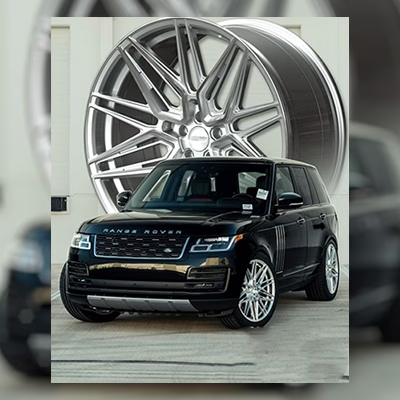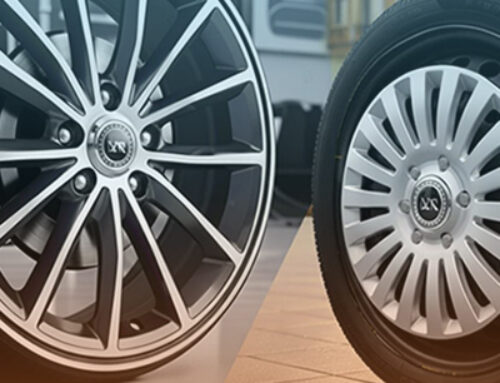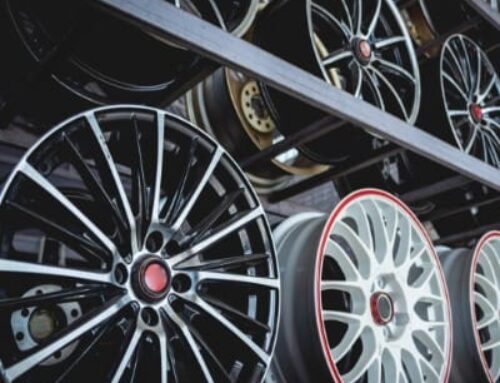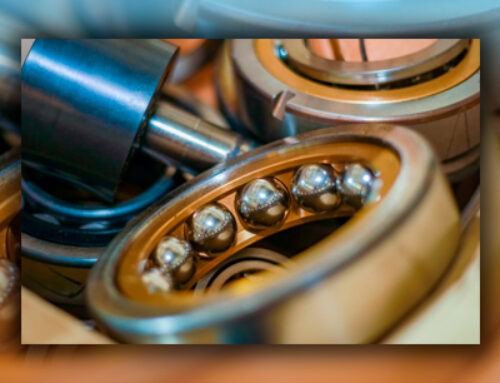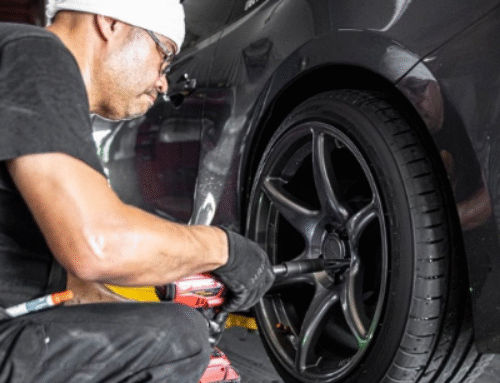Do all Range Rovers have the same bolt pattern?
When it comes to upgrading or replacing wheels on a Range Rover, one of the most common questions is: Do all Range Rovers have the same bolt pattern? The answer is both straightforward and nuanced. Let’s dive into the details to clarify this topic and provide you with a comprehensive understanding.
What is a Bolt Pattern?
Before addressing the specifics of Range Rovers, it’s essential to understand what a bolt pattern is. A bolt pattern, also known as a lug pattern, refers to the arrangement of bolt holes on a wheel. It consists of two measurements:
- The number of bolt holes (e.g., 4, 5, 6).
- The diameter of the circle formed by the bolt holes (measured in millimeters).
For example, a bolt pattern described as 5×120 indicates a wheel with 5 bolt holes and a 120mm diameter circle.
Range Rover Bolt Patterns by Model
Range Rovers are produced by Land Rover and are known for their luxury and off-road capability. Over the years, the brand has released various models and trims, which do not all share the same bolt pattern. Here’s a breakdown by model and generation:
- Range Rover (Full-Size)
- Classic Models (1970-1995): The bolt pattern for these early models is typically 5×165.1.
- L322 (2002-2012): Features a bolt pattern of 5×120.
- L405 (2013-Present): The current generation uses a 5×120 bolt pattern, continuing the trend from the L322.
- Range Rover Sport
- First Generation (2005-2013): Shares the 5×120 bolt pattern.
- Second Generation (2014-Present): Continues with the 5×120 bolt pattern, making compatibility between these models easier.
- Range Rover Velar
- Introduced in 2017, the Velar also features a 5×108 bolt pattern, differing from the full-size Range Rover and Sport models.
- Range Rover Evoque
- First Generation (2011-2018): Uses a 5×108 bolt pattern.
- Second Generation (2019-Present): Maintains the 5×108 bolt pattern.
Why Do Bolt Patterns Differ?
The variations in bolt patterns are due to differences in vehicle size, weight, and engineering requirements. Larger vehicles like the full-size Range Rover and Range Rover Sport use the 5×120 pattern to support heavier loads and provide better stability. Meanwhile, smaller models like the Evoque and Velar use the 5×108 pattern, which aligns with their lighter design and more compact platforms.
Can Wheels Be Interchanged Between Range Rover Models?
Interchanging wheels between different Range Rover models is not always straightforward due to differences in bolt patterns, offsets, and hub diameters. Here are a few key points to consider:
- Bolt Pattern Compatibility: Ensure the wheel’s bolt pattern matches your vehicle’s.
- Offset and Backspacing: The wheel’s offset determines how far it sits from the hub, affecting clearance for brakes and suspension.
- Hub Diameter: Even with a matching bolt pattern, a wheel may not fit correctly if the hub diameter differs.
Adapters and spacers can sometimes resolve compatibility issues, but they must be used with caution to ensure safety and maintain performance.
How to Check Your Range Rover’s Bolt Pattern
To determine your vehicle’s bolt pattern:
- Refer to your owner’s manual.
- Check the specifications on the inside of the driver’s side door frame.
- Consult a trusted wheel and tire professional.
So, do all Range Rovers have the same bolt pattern? No, they do not. While some models like the full-size Range Rover and Range Rover Sport share the same 5×120 pattern, others like the Velar and Evoque use a different 5×108 pattern. Knowing your specific model’s bolt pattern is crucial for selecting the right wheels and avoiding costly mistakes.
If you’re considering a wheel upgrade or need expert advice, feel free to contact us. Our team specializes in Range Rover wheels and accessories, ensuring you get the perfect fit every time.
Unlock the secrets to perfect wheel setup! Explore our guides:
Dive in now!

